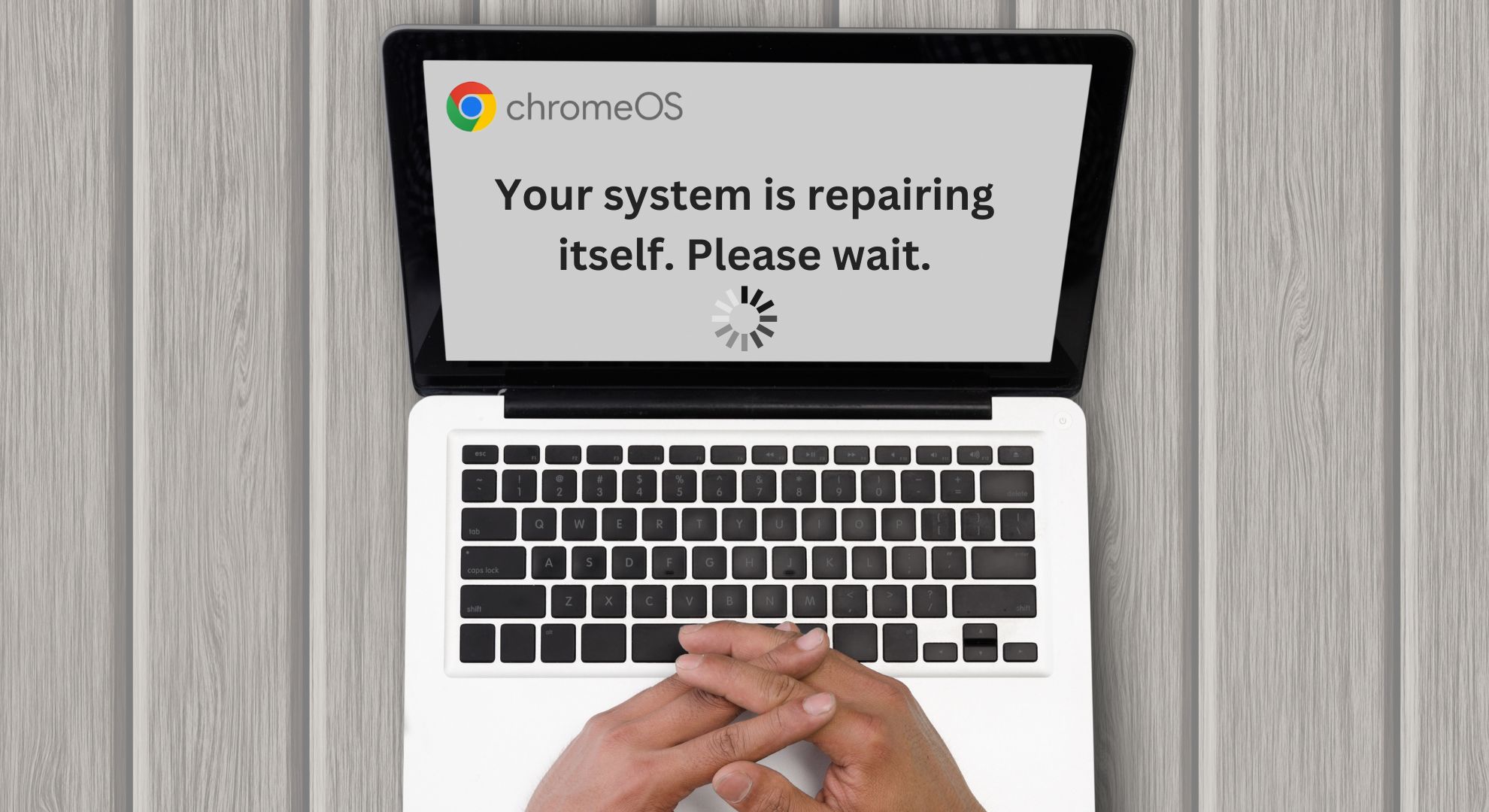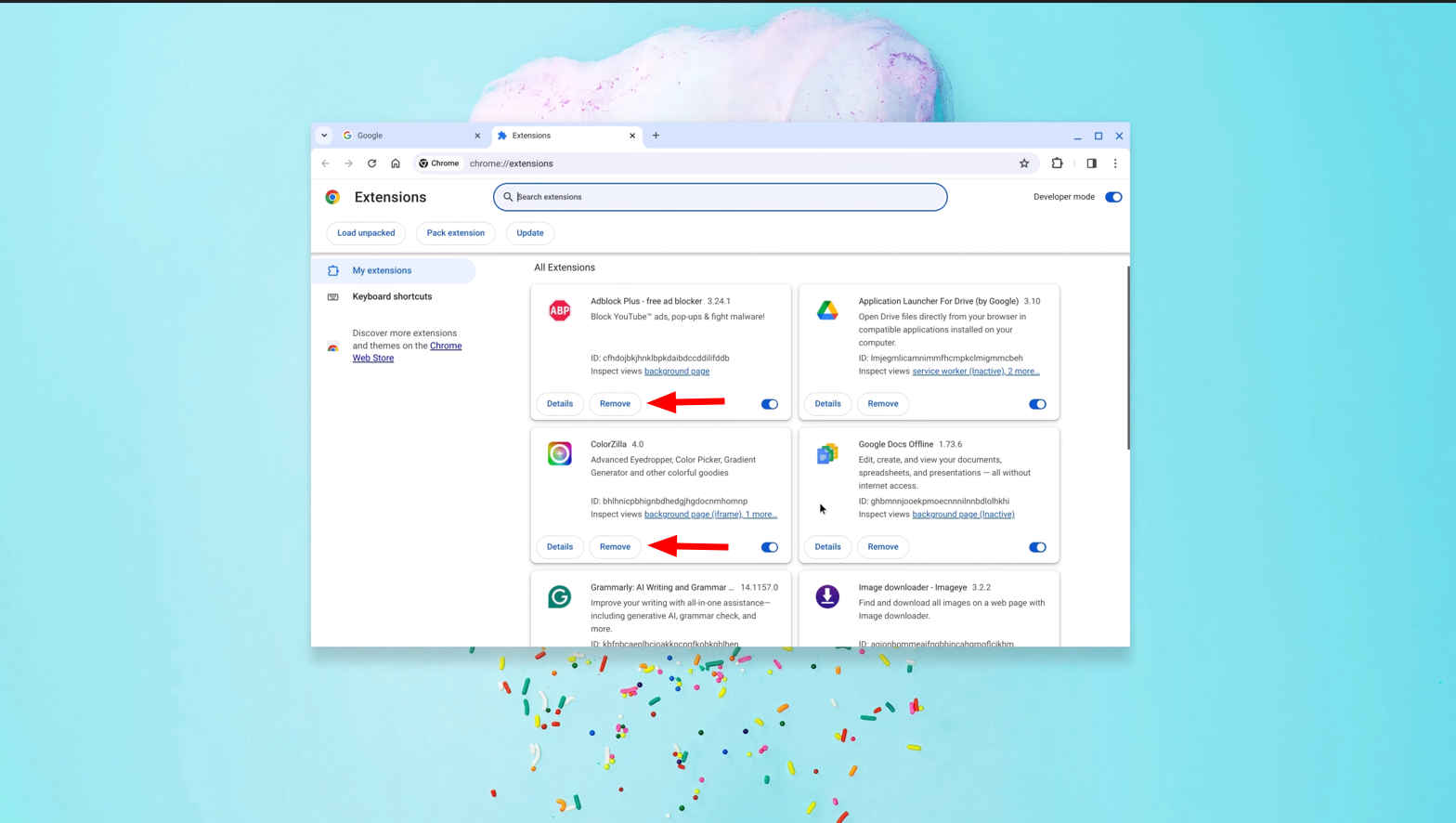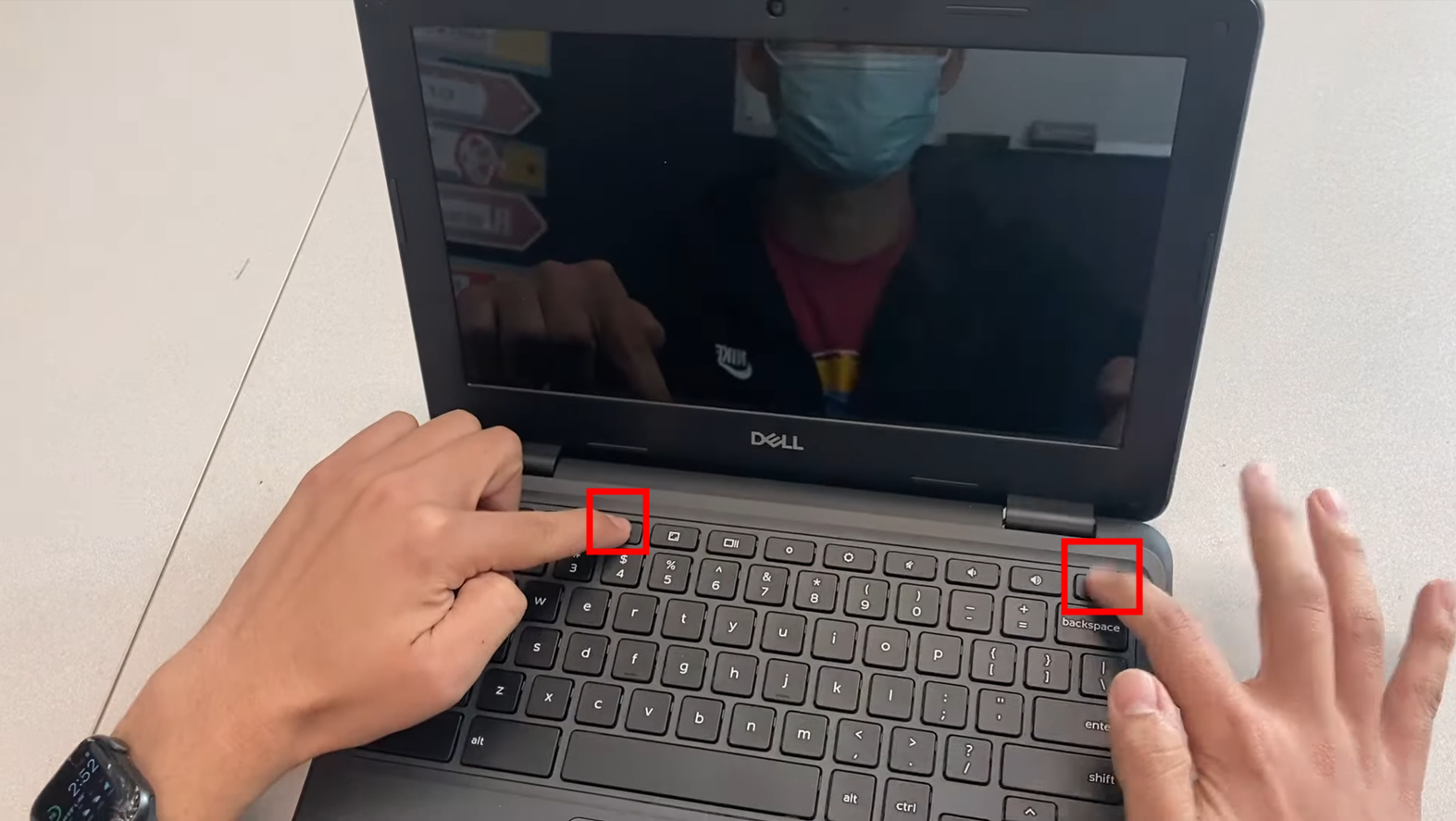FIX: “Your system is repairing itself please wait” ChromeOS Error
- The "Your system is repairing itself. Please wait" message on Chromebooks indicates that Chrome OS has detected an issue during startup or update and is attempting to fix it automatically without user intervention.
- This message can appear due to temporary glitches, outdated software, hardware issues, or malware attacks, especially during periods when the system is updating or rebooting.
- To resolve this error, users can wait for the system to repair itself, restart the Chromebook, update Chrome OS, remove unwanted extensions, perform a hardware reset, or execute a Powerwash (factory reset) if simpler methods fail.
Chromebooks are celebrated for their simplicity and efficiency, delivering a seamless user experience with features such as rapid boot times, integrated Google services, and robust security. Despite their reliability, Chromebooks can encounter issues. A particularly concerning problem users might experience is the system message, “Your system is repairing itself, please wait.”
Although Chromebooks generally perform reliably, this specific error can be worrisome as it often occurs during startup or system updates. This guide addresses the issue reported by users, explores its potential causes, and provides practical solutions for effectively resolving it.
Table of Contents
What does the “Your system is repairing itself. Please wait” message mean?

This error message generally appears on Chromebooks when the operating system encounters a problem preventing normal booting. This built-in recovery feature of Chrome OS attempts to diagnose and correct the issue automatically without requiring user intervention.
This message commonly surfaces during system startups or during updates due to software changes. If the system detects an inconsistency or error that could hinder normal operation, it initiates a repair process to restore functionality without compromising system stability.
Why does it appear during startup or system updates?

A variety of factors can trigger this automatic repair process, such as:
- Temporary system glitches: Minor software issues can interrupt the normal boot process, prompting Chrome OS to initiate a repair.
- Outdated software: Operating an outdated version of Chrome OS can result in compatibility conflicts with newer software and security features, causing startup problems.
- Temporary hardware issues: Problems with components like the SSD or memory might lead to the system’s failed checks during boot.
- Malware attacks: Although uncommon due to Chrome OS’s strong security, malicious software can potentially corrupt system files, triggering a repair.
How to get rid of this error message?
When your Chromebook displays this message, it signifies that Chrome OS has identified an issue it is attempting to rectify. Here are steps to expedite this process and potentially resolve the issue promptly:
1. Wait patiently

When confronted with the “Your system is repairing itself. Please wait” message, the initial action is to wait. Chrome OS is engineered to automatically resolve many issues. The repair process can be time-consuming, especially when numerous files and settings must be examined and rectified. Allow at least 10 to 20 minutes prior to concluding the process is stuck.
2. Restart the Chromebook
If the message persists for a prolonged period without any change, a manual restart might be required. Here’s how to correctly restart your Chromebook:
- Press and hold the Power button until the Chromebook shuts off.
- Wait a few seconds, then press the Power button again to turn it back on.

This can help resolve any temporary malfunctions preventing the system from starting normally.
3. Check for Updates
Keeping your Chrome OS updated is vital for system reliability and security. An outdated system can lead to issues and errors, including a repair loop. Follow these steps to check for updates:
- Click the “Search option” at the bottom right corner of the screen.

Click on Search option - From the menu, open “Settings“.

Open Settings - Select “About Chrome OS” at the bottom of the sidebar.

Click on About Chrome OS - Click “Check for updates.” If an update is available, install it to gain the latest bug fixes and security updates.

Click on Check for updates
Regular updates can prevent many issues that might cause the system to enter a repair loop.
4. Check for Malware and Unwanted Extensions
When basic troubleshooting is ineffective, consider advanced methods. These steps address deeper system issues that simple restarts or updates might not resolve.
Malware and unwanted extensions can cause various issues on Chromebooks, leading to system freezes or crashes. Chrome OS incorporates tools for checking and removing harmful software. Reputable antivirus software can also scan your system for malware and remove it.
To remove extensions, you must open the Google Chrome browser as they are installed there. Follow these steps:
- Open Chrome and click on the 3 dots to access the menu.

Click on 3 dots - Hover the cursor over “Extensions” and click “Manage Extensions.”

Click on Manage Extensions - Review the list of installed extensions and remove any unfamiliar or unnecessary ones by clicking “Remove.”

Remove the extension you want
5. Perform a Hardware Reset
If you suspect hardware-related issues, such as problems with the motherboard or memory, a hardware reset might help. This differs from a standard restart and involves refreshing the hardware state of the Chromebook. Here are the steps to perform a hardware reset:
- Turn off your Chromebook.
- Press and hold the Refresh key (usually above the number 3 on the keyboard).

Press the Refresh Key - While holding the Refresh key, press the Power button. Hold both keys down for 10 seconds, then release them.

Press and hold both buttons
Do not press any buttons. After a few seconds, your Chromebook will restart automatically.
6. Try Powerwash (Factory Reset)
If previous solutions have failed, consider performing a Powerwash as a last resort. This process restores your Chromebook to its factory state, effectively addressing issues related to corrupt data or complex software problems accumulated over time.
Powerwash is particularly effective if simpler fixes have not worked or if your Chromebook is operating unusually slow or erratically beyond the initial issue.
Here are the steps to perform a Powerwash:
- Click on System Tray and click “Sign out” of your Chromebook.

Click Sign out - Press and hold Ctrl + Alt + Shift + r.

Press the keys - Click “Restart” in the box that appears.

Click Restart - In the reset window, select “Powerwash.“

Click on Powerwash - A warning message will prompt you about data loss. If you are certain, click “Continue.”

Click Continue to confirm - Follow the on-screen instructions to reset your Chromebook and set it up again.

Click Let’s go when done
When to seek professional help?
While many Chromebook issues can be resolved through user-initiated troubleshooting steps, there are times when professional help is necessary. If you’ve exhausted all the basic and advanced troubleshooting steps without success, it may indicate a more serious underlying problem that requires expert attention.
Contacting Chromebook support or visiting an authorized repair center can provide a diagnostic service that identifies the issue precisely, ensuring that your device receives the appropriate repair or replacement parts.
How can this error message be prevented in the future?

Reducing the likelihood of encountering issues like “Your system is repairing itself. Please wait” requires specific preventative measures to keep your Chromebook running efficiently:
- Regular updates: Consistently update your Chromebook’s software to ensure you benefit from the latest security patches and performance enhancements.
- Careful downloading practices: Download files and applications only from trusted sources. Avoid installing unnecessary extensions or apps, as they can introduce software conflicts or malware.
- Regular data backups: Safeguard important files by backing them up to Google Drive or another cloud storage service. This not only protects your data in the event of a system failure but also simplifies data recovery if a Powerwash becomes necessary.
 Reviewed by
Reviewed by 




